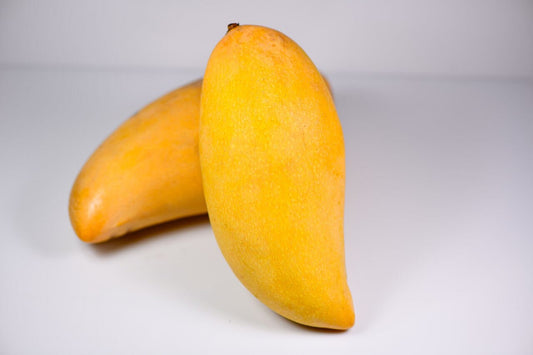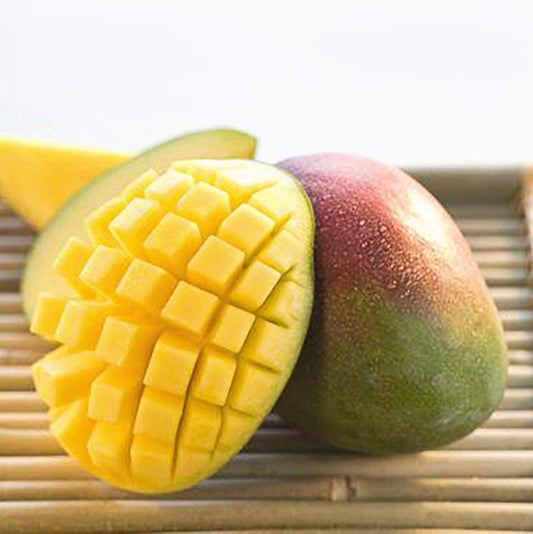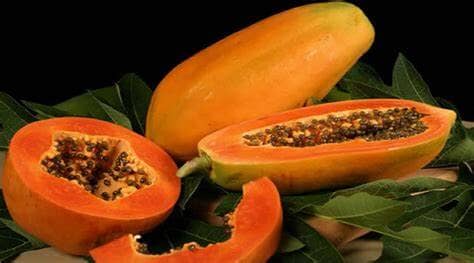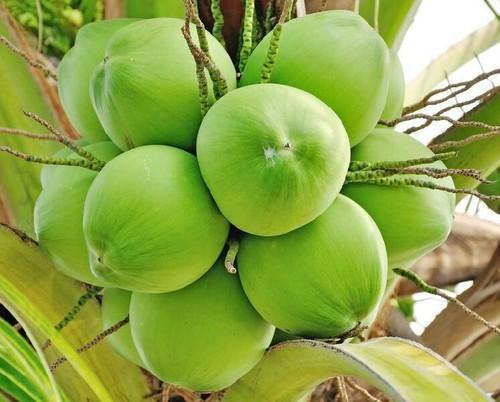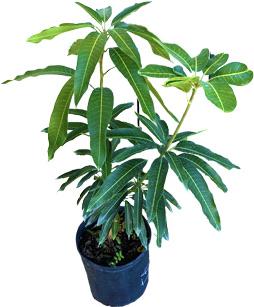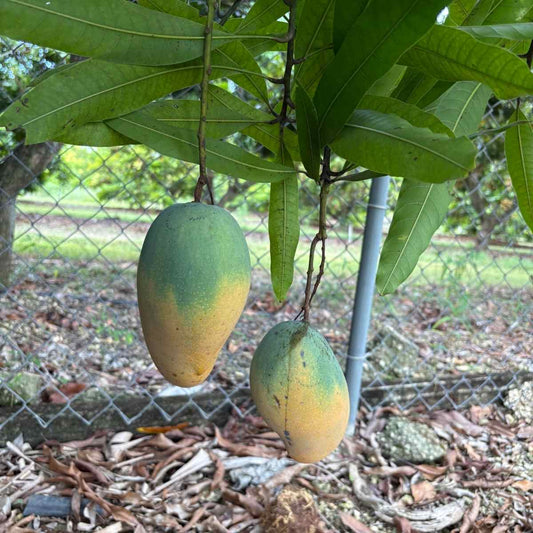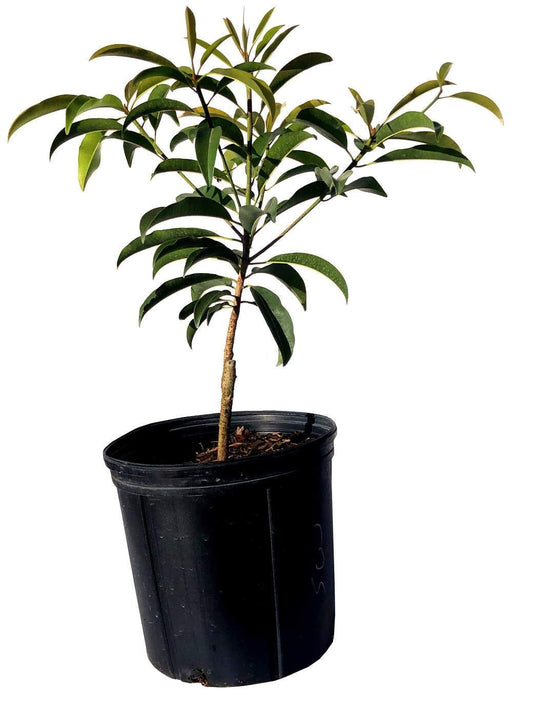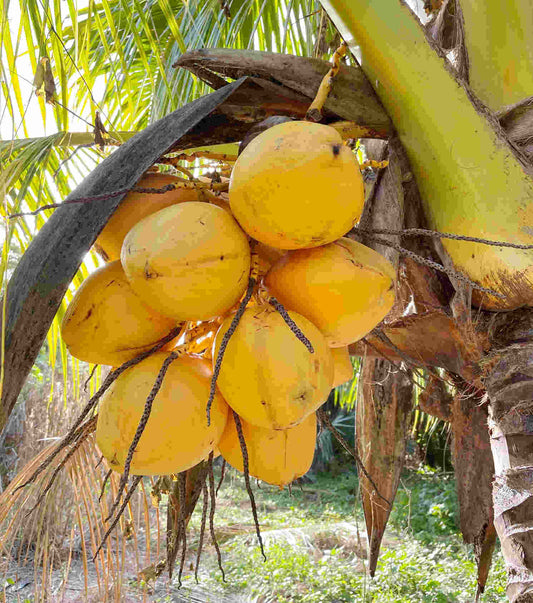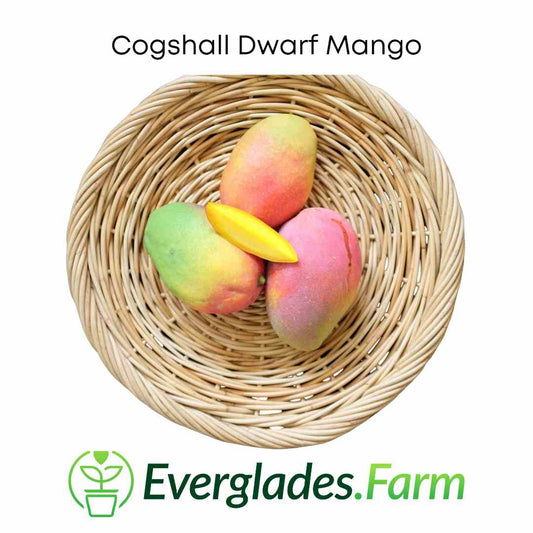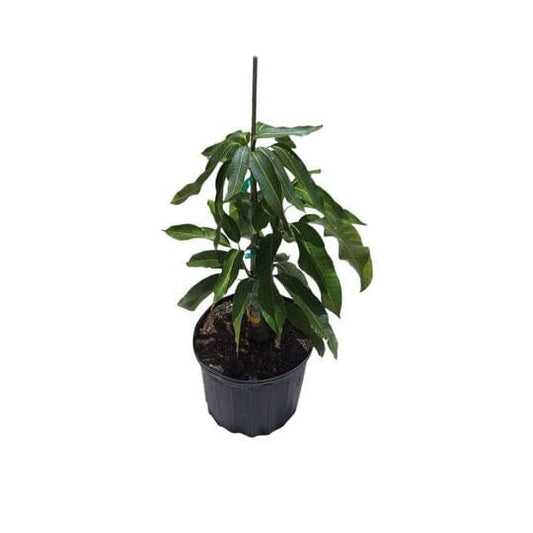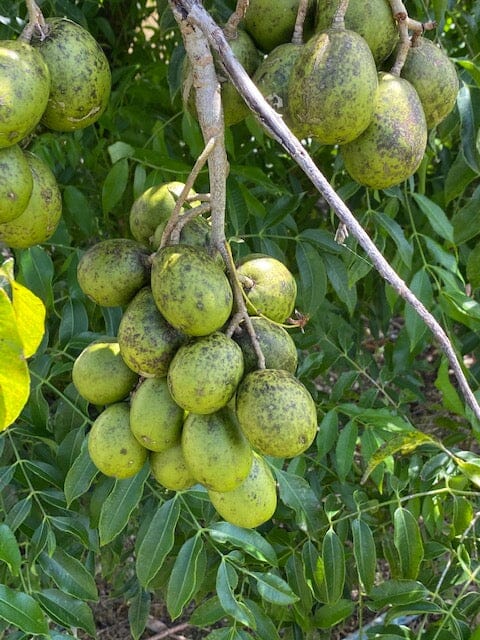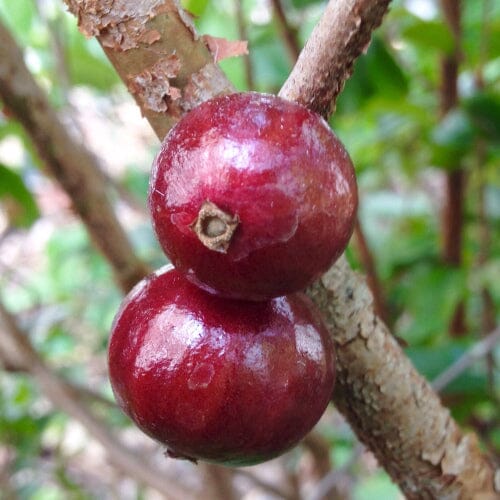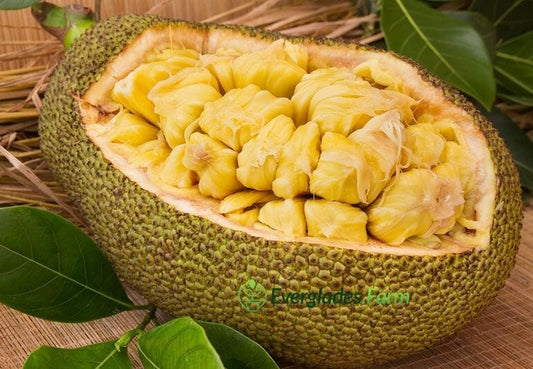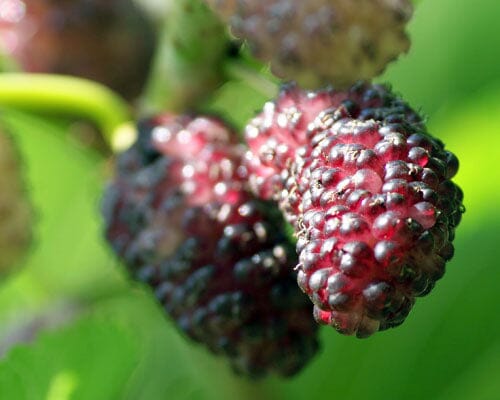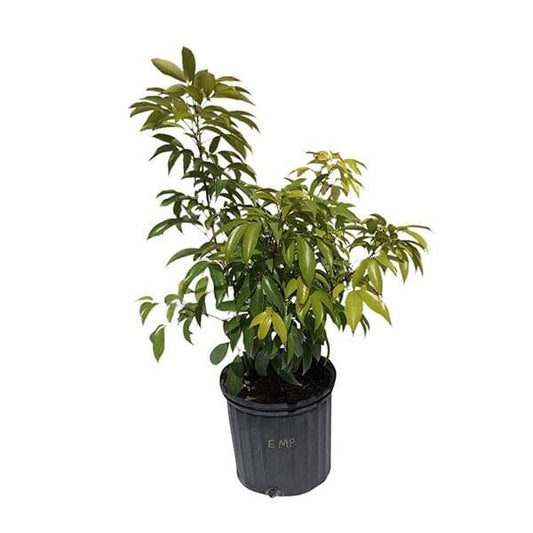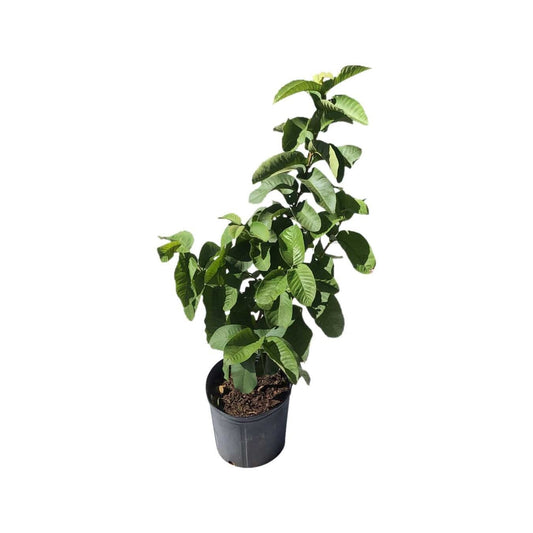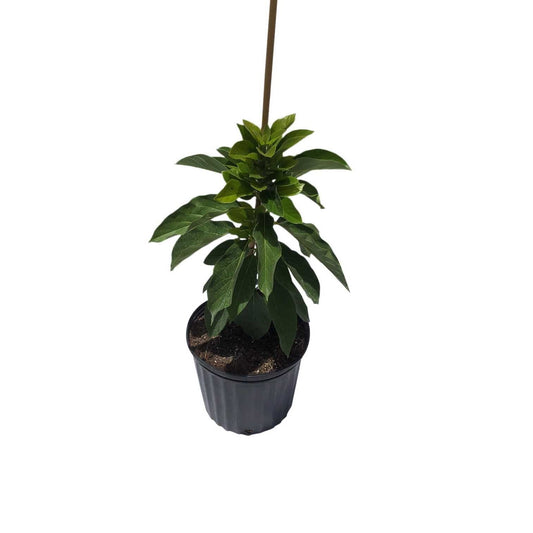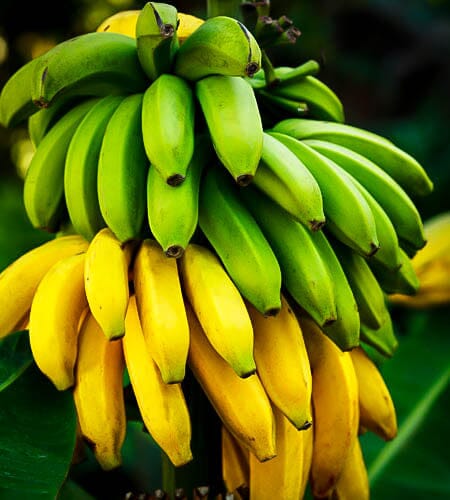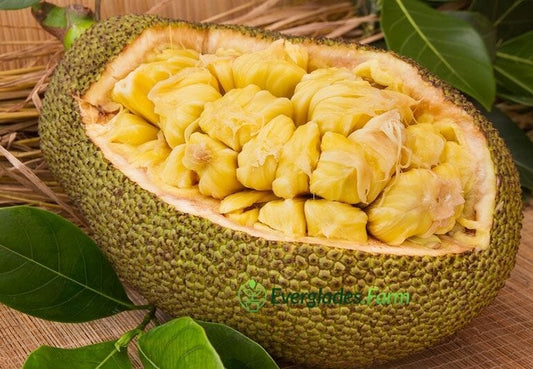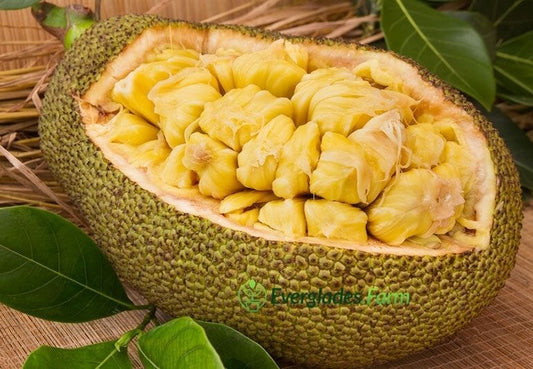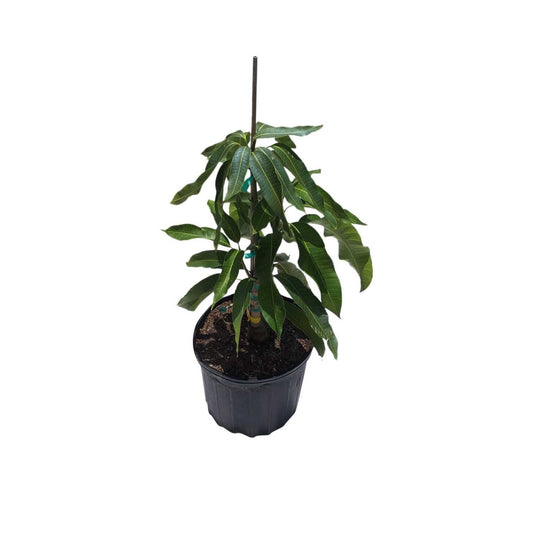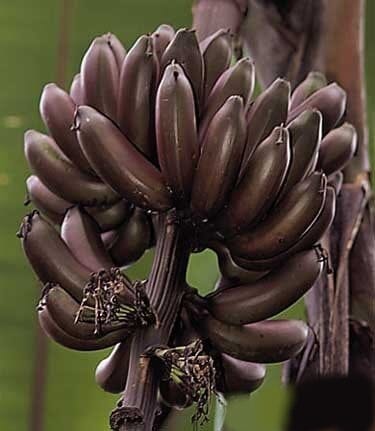Dwarf Fruit Trees
Dwarf Fruit Trees: Your Questions, Answered!
Want to grow your own fruit but don’t have much space?
Dwarf fruit trees are made just for that. These little trees may be compact, but they grow full-sized, flavor-packed fruit just like the big ones. From creamy avocados to juicy mangoes and zesty lemons, there’s a small-sized tree for just about every craving.
They're perfect for patios, small backyards, balconies, or even large pots. Plus, they’re easier to prune, simple to care for, and super satisfying to grow. Fresh fruit at your fingertips, even if you’re short on space.
Choosing the Right Fruit Tree
Start by thinking about the fruit you love most, sweet cherries for fresh eating, tart sour cherries for baking, or maybe avocados to make your own guacamole. Then, check your garden's conditions. Most fruit trees need lots of sunlight and well-draining soil to thrive.
Can I really grow these in pots?
Yes, Trees in pots are perfect for growing dwarf fruit trees. Container growing gives you more control over sunlight, temperature, and soil, you can even move your tree to protect it from cold or catch more sun. It’s a great option for patios, balconies, and tight spaces.
Here’s the container-growing magic:
-
Great drainage with well-drained soil
-
Move them around like living furniture
-
Total control over soil quality (no more battles with heavy clay!)
-
Grow tropical trees even in chilly states, just bring them inside for winter!
Choosing the right container size
When growing fruit trees in containers, it’s best to size up gradually. Start with a smaller pot (1–3 gallons) for young trees, then move up step-by-step 7, 10, 15, and finally 25 gallons as the tree matures. This slow progression helps roots fill each container properly without getting waterlogged or stressed.
Going too big too soon can cause root rot and poor nutrient uptake, making your tree struggle. By taking it one size at a time, your dwarf fruit tree builds a strong root system, grows steadily, and stays healthy for the long haul.
Do I need two trees to get fruit?
Most dwarf fruit trees are self-pollinating, which means they don’t need a second tree to produce fruit. That makes them perfect for small gardens! Mango, Star Fruit (Carambola), Papaya, Lychee, Guava, and Lemons are all great solo performers, no pollination partner required.
Even on their own, these little trees are fantastic fruit producers:
-
Dwarf papaya trees: Solo and Red Lady varieties produce sweet, tropical fruit almost year-round.
-
Dwarf citrus: Nagami Kumquat thrives solo; Star Ruby Grapefruit usually does well alone but sometimes benefits from a pollination buddy.
-
Dwarf bananas: Dwarf Cavendish and Red Cuban are party animals that fruit continuously.
-
Most dwarf figs: Brown Turkey and Violette de Bordeaux are independent and productive!
Can dwarf fruit trees actually survive indoors?
With the right setup, some dwarf fruit trees absolutely love indoor life. It’s like having a tropical vacation that never ends. These indoor all-stars thrive in bright spaces, and with good humidity, well-draining soil, and occasional rotation to keep them balanced, they’ll flourish inside your home.
Success formula: Bright light (6-8 hours), humidity help, well-draining soil, and rotating them occasionally so they stay balanced.
What's this 'grafted' thing all about?
Grafting gives your fruit tree a head start in life. Grafted trees often bear fruit much sooner after being planted compared to those grown from seed. Instead of starting from scratch, we attach proven fruit tree pieces to strong, healthy roots.
Why grafted trees are superheroes:
-
Speed heros (fruit in 1-3 years instead of 5-7!)
-
Guaranteed goodness (you know exactly what fruit you're getting)
-
Better disease resistance
-
Perfect size control for your space
Our grafted superstars include dwarf mangoes, citrus trees, and jackfruit varieties.
What's the difference between dwarf and semi-dwarf fruit trees?
Dwarf fruit trees typically stay under 8 to 10 feet tall, making them perfect for containers and small spaces. Semi-dwarf fruit trees grow a bit larger, usually 10 to 15 feet, and may require bigger containers or planting in the ground.
Our selected varieties are ideal for container gardening, small spaces, easy harvesting, and have compact root systems that fit in limited areas.
How long until I'm eating homegrown fruit?
Our grafted dwarf varieties are ready to party much sooner:
Ready to Snack Soon (1-2 years):
-
Dwarf papayas: Solo and Red Lady varieties are fruit-producing machines that can bear fruit within their first year!
-
Dwarf bananas: varieties like Dwarf Cavendish and Red Banana provide fresh smoothie ingredients in record time
-
Dwarf citrus: Nagami Kumquat, Star Ruby Grapefruit, and other varieties often arrive with baby fruits already developing!
Growing Your Patience Pays Off (2-3 years):
-
Dwarf mangoes: Graham, Fairchild, and other varieties are worth every second of the wait!
-
Dwarf figs: Brown Turkey, Violette de Bordeaux fig, and other varieties offer sweet rewards coming soon
-
Dwarf jackfruit: Golden Nugget, Black Gold, and other compact varieties deliver exotic fruit faster than you'd think!
-
Dwarf stone fruits: Tropic Snow Peach and UF One peach varieties in dwarf form for easier harvesting
Patient Gardener's Choice (3-4 years):
-
Dwarf avocados: Little Cado and Simmonds, perfect for homegrown guacamole dreams.
-
Dwarf longans: Kohala, Biew Kiew, and Sri Chompoo offer sweet, exotic fruit with floral notes.
-
Specialty tropicals: Yellow Pitaya and Zamorano Dragon Fruit, plus passion fruit vines (Purple, Panama Red, Banana, Yellow) worth the wait
These trees will keep producing for decades. A few years of patience for a lifetime of homegrown tropical fruit? Totally worth it.
What growing zones are best for dwarf fruit trees?
Most tropical dwarf fruit trees prefer USDA zones 9-11, but container growing lets you grow them almost anywhere. In colder climates, just move containers indoors for winter, use a greenhouse, or pick cold-hardy varieties like dwarf figs.
Ready to start your tropical fruit adventure?

